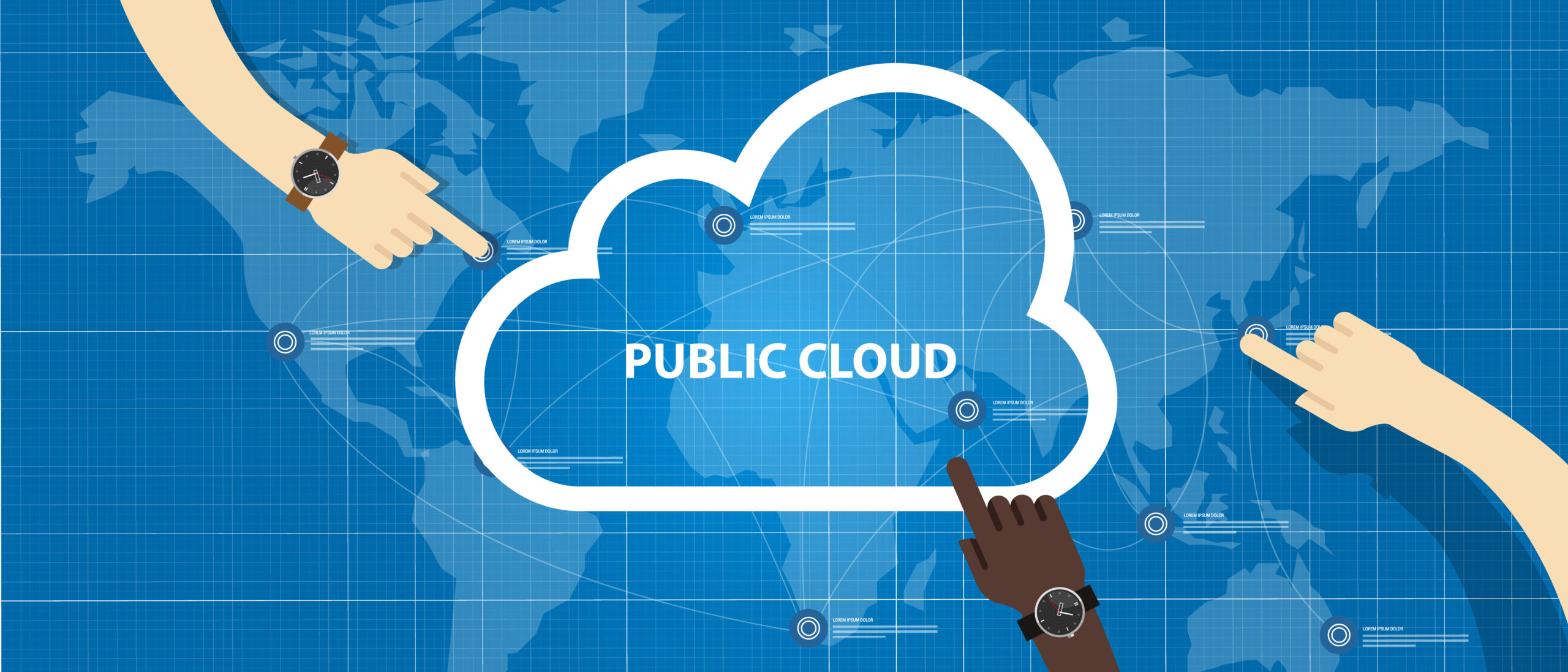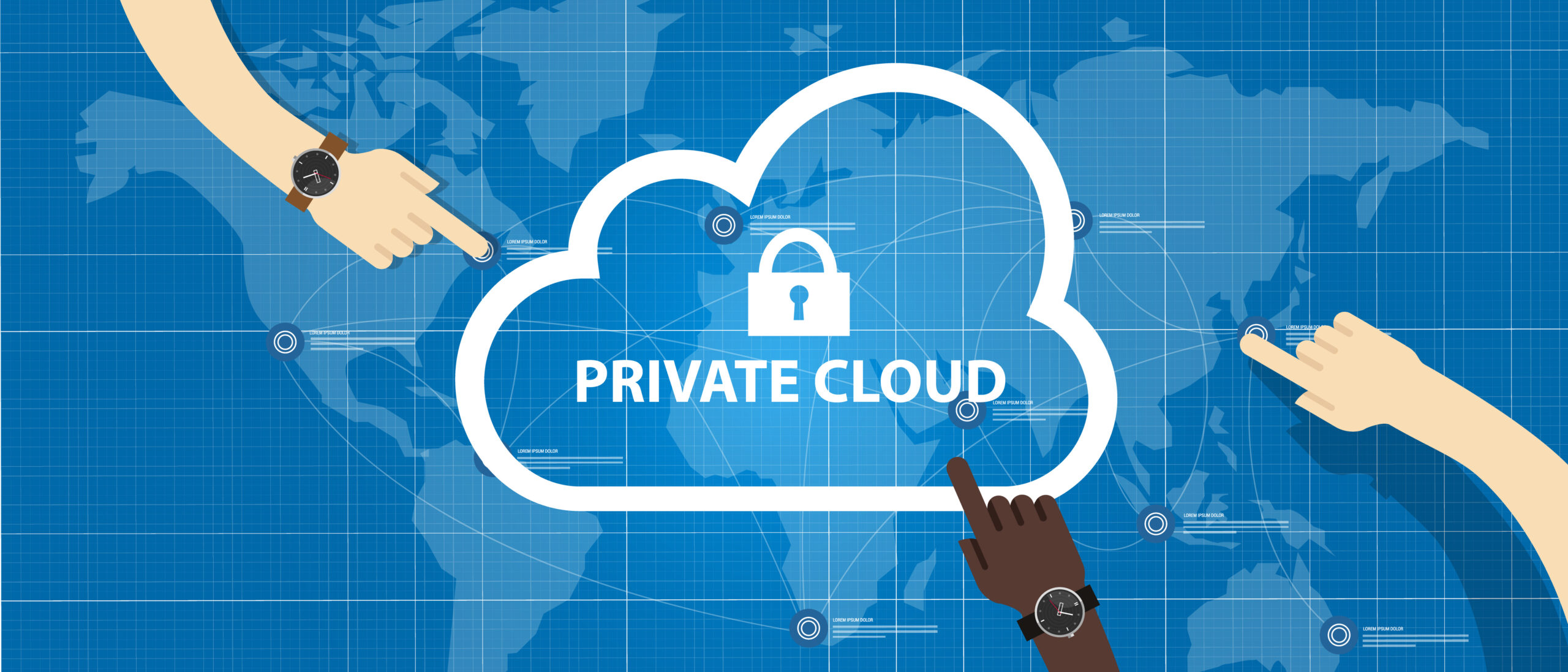Private Cloud vs Public Cloud: What is the Difference?
April 6th, 2022 (Updated 03/10/2023) | 10 min. read
The sheer number of cloud-based pricing software services on the market today can be bewildering. If you’re switching over from an on-premises server-based pricing software system and you’re just starting out with the cloud, it helps to have answers to some basic questions. It’s good to know that not all cloud pricing software systems are created equal, and every company may have a different set of requirements to suit their specific business objectives. For example, do you want your own personal cloud space, or are you fine to cut costs and share the cloud space in a multi-tenant environment.? We check out the Private Cloud vs Public Cloud differences in this article.
At Pricefx, over the last 10+ years, we have assisted hundreds of customers to migrate their pricing needs over to a true cloud native pricing software solution from their Excel spreadsheet pricing set-up or from outdated first-generation legacy on-premises pricing systems. As part of that process, we tailor Private Cloud vs Public Cloud settings to suit what specific businesses want and how they require their unique pricing software system to be configured.
So, let’s jump straight into giving you the definition of the Cloud itself. Following up, we will discuss Private Cloud vs Public Cloud and how that applies in the pricing software environment, before looking at the benefits and drawbacks of each and what type of companies are best suited to each.
The First Question: What Exactly Is the Cloud?

Before you can understand the difference between a private cloud and a public cloud, we will take a step back and define what the cloud is to begin with.
Cloud computing is storing or accessing programs, apps, and data via the internet—instead of directly on your computer hard drive or through an onsite bricks-and-mortar server. Put simply, the cloud is a collection of purpose-built internet servers. These servers can perform one or more functions (storage, compute, database, email, web, etc.) and can exist anywhere and can be made accessible to whomever needs to use them.
The next important question to ask is whether the servers are in a private cloud or a public cloud. The distinction has been historically tied to where the servers are located, but more these days, more precisely, it reflects who uses the servers and how they use them.
Private Cloud: The Definition
If the cloud-based pricing software servers are dedicated to only one business organization or company (referred to as the user or tenant), they are in a private cloud. Depending on the service model of the pricing software vendor, a private cloud can be hosted in the cloud by your pricing software provider, or on the other hand like Pricefx, be a true native-cloud pricing software provider.
Regardless of where the servers are located, the key factor that defines it a Private Cloud is that the servers are not open to other users.
Therefore, the key difference between a private cloud and a public cloud is that in the case of private cloud the resources are only available privately to a single organization.
A private cloud lies at the core of virtualization, separating services and software interfaces from physical devices. The private cloud constitutes a single-tenant environment, meaning that only one organization (tenant) has access to all the pricing software resources within that cloud.
Public Cloud: The Definition
On the other hand, cloud-based pricing software companies usually also offer businesses an option where their pricing software tech stack and data is held on the same server as a number of other companies. That is a Public Cloud, which may also be referred to as multi-tenant cloud model.
It is worthwhile to know that there can be differences between the architectures to achieve public or private cloud setups. One route is to use a single-tenancy application (usually older legacy applications) and simply make them sort of multi-tenant by putting them side by side. The other end of the spectrum are true multi-tenancy applications – i.e. applications that are built to be multi-tenant – where specific tenants are isolated to provide a private environment. Pricefx is of the latter nature.
Whether your choice of native cloud pricing software is provided through a private cloud or a public cloud environment, it is pertinent to remember that either way, it is a true cloud application. What that means is either way, your company’s pricing logic and science will be the same regardless of whether you are in the private cloud or the public cloud. The difference is that the private cloud has a range of benefits and options that are not available to those businesses that choose a public cloud option.
Private Cloud Pricing Software – Benefits & Drawbacks
As discussed above, private cloud pricing software only houses the data and pricing applications for the company that has purchased it specifically for those sole usage rights.
The Benefits
Many companies choose to turn all or part of their private cloud pricing software environment into further segments of their own business such as different regions or distinct departments of their own company – one of the enormous benefits of a private cloud pricing software.
What that means is that a large multi-national electrical company operating a private cloud pricing software might operate different regions of operation as different ‘partitions’ or ‘tenants’ of their own private cloud environment. Similarly, the large electrical retailer may wish to differentiate its pricing strategy between its online and bricks and mortar stores to leverage previously unavailable profit opportunities.
Other Benefits of the ‘dedicated environment’ of Private Cloud Pricing Software include:
- Emotional Ownership – Every business rightfully considers their company to be special and unique. What business does not want their own space and flexibility to add-on/drop-off/modify whatever they want from their pricing software?
- Full control over the timing of upgrades to suit your specific business needs – Perhaps your business is at its busiest on the weekends and the regular timings of public cloud system upgrades don’t suit your company? A private cloud to customize your system upgrades will be the answer.
- Freedom to customize and modify system-wide settings for your business needs without limitation – Private cloud pricing software customers can customize servers in any way they want and personalize software as needed (by regions, by department etc.) with add-ons or through custom development for maximum optimization FOR YOUR COMPANY’S UNIQUE PURPOSES.
- Greater visibility into security and access control – All workloads running behind your company’s own restricted or sourced IP addresses (i.e. only from company proxies and not from the public internet).
- Have your own Dedicated Name Servers (DNS) – As a Private Cloud Pricing Software User, you can create your own name servers.
The Drawbacks
The chief disadvantage of private cloud pricing software is the higher cost.
Private clouds are often more expensive than public clouds since all the resources are solely dedicated to one company. However, even a private cloud can save you money over on-premises pricing software.
With private cloud pricing software, however, you have more control over your own data and what you can do with it.
Consequently, over the long term, it can be argued that there is a business case that public cloud software has more potential to build both Return on Investment (ROI) quickly and lasting profit outcomes over time.
Public Cloud Pricing Software – Benefits & Drawbacks

On some occasions, specific types of companies that may not require the agility or flexibility offered by a private cloud pricing software service, or they are simply looking to ‘kick the tires of pricing software’ to see what it can do before making a firm commitment to implementing the software across every department and region of their firm.
The Benefits
Including the ability to add-on and grow over time, and potentially transition over time to a private cloud solution, further benefits of public cloud pricing software comprise;
- Lower costs: Because multiple companies are paying for the space, public cloud pricing software systems cost less than private cloud systems because the hardware usage is basically being ‘outsourced.’ With public cloud software, you are outsourcing a lot of your pricing software maintenance over to a team who can handle it more efficiently than your in-house IT (Information Technology) team, since that is their only job.
- Less maintenance: The pricing software vendor has teams to handle maintenance for you. If you think of it like housing, public cloud environments are like an apartment complex where there are maintenance people on staff to handle issues, so you don’t have to.
- Security for smaller businesses: Some companies might not have the resources needed to invest in major security measures, or they simple have never been involved in security before as all their pricing has been in Excel spreadsheets with data siloed in one location. As a handy bi-product, public cloud environments have solid security which closes the security gaps for smaller businesses.
The Drawbacks
The drawbacks for public cloud pricing software are all the things that are positives for the private cloud environment.
If you are looking to take full emotional ownership over your business and its pricing, schedule your pricing software technology upgrades when you want them, have the freedom to customize and modify your system as you see fit, differentiate your pricing across geographies, departments and other categories, control security and access to your own pricing software, and/or set up your own Dedicated Name Servers (DNS), then maybe you need to think about a Private Cloud software solution.
Your Own Private Pricing Software Space or Lower Costs?
Usually from the side of the pricing software company, the pricing science and logic that goes into both private cloud pricing software and public cloud pricing software is identical. However, the major differences are the limitations and decreased flexibility to individualize and set the system to be your company’s own in a public cloud environment. The ‘swim lanes’ are narrower, and a lot more clearly defined in public cloud pricing software, whereas the world is your ‘pricing oyster’ in the private cloud sphere and the choices abound in what you can do with it. The choice is yours to make, and of course, there are the everyday costs that your company may need to consider also.
At Pricefx, we regularly see both sides of the coin, and advise different businesses accordingly in their Private Cloud vs Public Cloud pricing software needs. What suits Company A may not suit Company B at all, and vice versa. At the end of the day, you may need to balance up what is more important, lower costs now to save money in the short-term vs increased flexibility now to do more with your pricing software now without limits. It’s important to note that – at least with Pricefx – the choice of private vs public does NOT restrict your ability to configure your very own pricing logics.
To help further guide you in the process, the following two articles can assist you in your budgetary considerations. Check out our recent blog articles on “Does Total Cost of Ownership (TCO) Matter in Pricing Software.” and;
